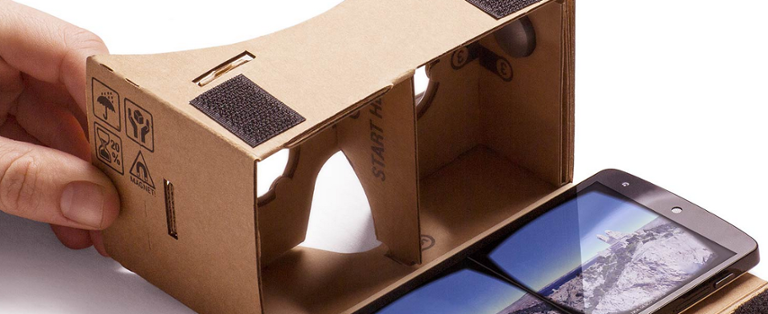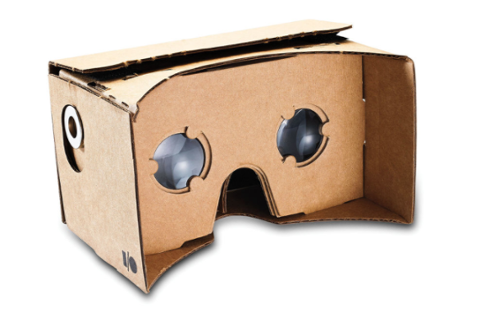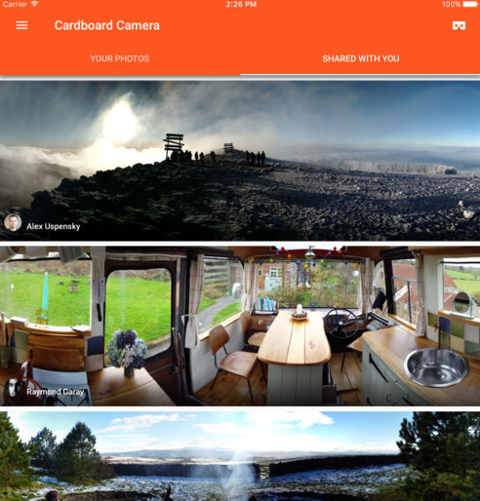When Facebook dropped a cool $2 billion to purchase virtual-reality firm Oculus VR earlier this year, it was seen as a way for CEO Mark Zuckerberg to take an early position in what could become one of the dominant technologies of the next decade. But what if Oculus VR, even with all of Facebook’s money, didn’t end up as the competitor to beat? What if a piece of cardboard, supported by some APIs and an ecosystem of third-party developers, become synonymous with virtual reality?
For jobs related to virtual reality, click here. You can debate whether Google’s
Cardboard project is expressly intended as a way to ding archrival Facebook, but it’s clear that the search-engine giant wants to play in the virtual-reality sandbox in the same way as it did with smartphones and tablets: open source a technology and encourage others to build with it. Cardboard now has two APIs: Cardboard SDK for
Android, which allows developers to build apps that immerse the user in 3D scenes, and Cardboard SDK for
Unity, which adapts an existing Unity 3D app for virtual reality (or allows the developer to build a new VR experience from the ground up). That’s in addition to Google
issuing an updated Cardboard app, and reserving space in its Google Play storefront for VR apps created by third-party developers. If anything will encourage Android phone users to take advantage of the program, it’s the fact that the actual headset is either free to build yourself,
using Google’s instructions, or cheap to
purchase from manufacturers who will fold the cardboard for you. Will Cardboard prove the Android of VR, to Oculus Rift’s iPhone? At this nascent stage, that question can’t be answered, but one thing’s for certain: Google is intent on turning something that people initially treated like a joke into an actual platform.
Upload Your ResumeEmployers want candidates like you. Upload your resume. Show them you're awesome.
Related Articles
Image: Google 


